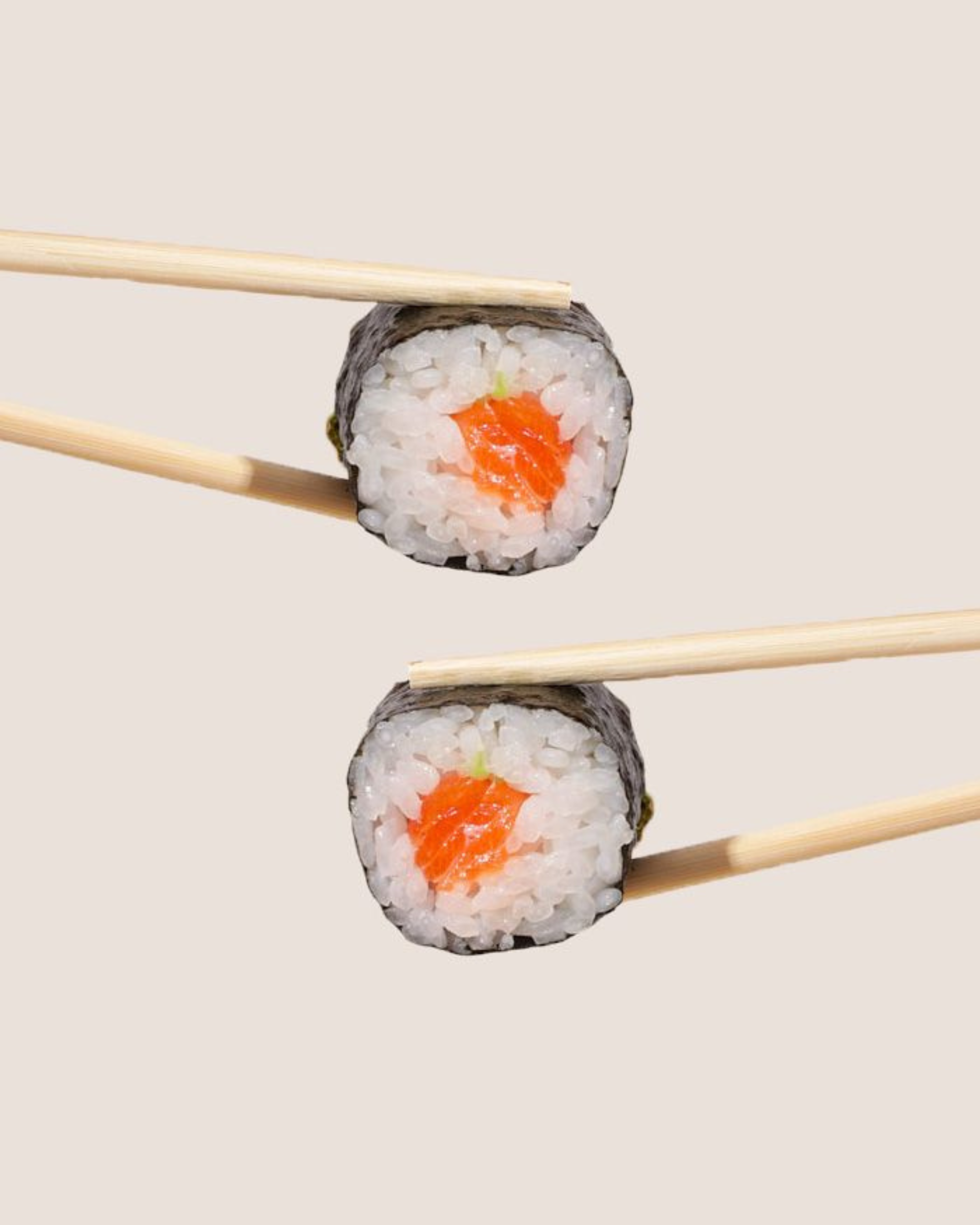
Alcohol-Free Wines: Time to take them seriously?
For years, the idea of alcohol-free wine was a joke among wine lovers. Wine is fermented, it’s alive, it’s alcoholic—end of discussion.
So, is it actually drinkable? Who’s buying it? And does it have a future? Let’s break the stereotypes and take a serious (but skeptical) look.
🔥 Why Is Everyone Talking About It?
Five years ago, ordering alcohol-free wine was as socially acceptable as asking for a salad without dressing at a Michelin-starred restaurant.
Today, things are changing.
👉 Mindsets are shifting. The era of “more alcohol = more fun” is fading. Welcome to “responsible drinking”, where people want to enjoy a glass without being out of commission by 4 PM.
👉 The “sober curiosity” movement is booming. Drinking less, but better, is the new mindset. Young consumers want to enjoy the ritual of drinking—without the hangover.
👉 Brands are finally stepping up. Gone are the days of grape juice disguised as wine. Serious wineries are working on alcohol-free wines that actually taste like wine—not fermented fruit compote.
🤨 But… Is It Any Good?
That’s where things get tricky. Alcohol-free wine has a bad reputation—and let’s be honest, some of it is deserved.
🔴 The Common Problems:
- Too sweet → Alcohol adds balance, and without it, many wines compensate with extra sugar.
- Lack of aromatic complexity → Fermentation plays a huge role in flavor development. Without it, the wine can feel… bland.
- Flat texture → Alcohol contributes to mouthfeel, and removing it often leaves a hole in the experience.
✅ The Surprising Successes:
- Some wineries are perfecting the dealcoholization process, preserving acidity and structure—especially in dry whites.
- Sparkling alcohol-free wines work best → The bubbles help maintain freshness and texture.
- Alcohol-free reds remain the biggest challenge, but some producers are experimenting with longer maceration and better blending techniques.
Who’s Actually Drinking Alcohol-Free Wine?
It’s not just for pregnant women and designated drivers.
📌 Wine lovers who want to drink without consequences. Because sometimes, you just don’t want to feel tipsy after two glasses.
📌 Health-conscious consumers & athletes. Less alcohol = fewer calories, no hangover, no dehydration.
📌 Younger generations. Alcohol-free wine is booming among under-30s, who want to control their drinking without skipping social experiences.
Does Alcohol-Free Wine Have a Future?
That’s the real question. Is this a passing trend or a true revolution?
✅ What’s Working in Its Favor:
✔ Consumer demand is real. People want options.
✔ Technology is improving. The wines are getting better.
✔ The market is expanding. More serious players = better quality products.
❌ What Still Needs Fixing:
- The price. Some alcohol-free wines cost almost as much as real wine—which feels hard to justify.
- Cultural acceptance. In France, admitting you drink alcohol-free wine is still borderline scandalous.
- Limited variety. Most good alcohol-free wines are whites and sparklings. Reds? Not quite there yet.
🍷 Final Verdict: Should You Try It?
Short answer: Not necessarily—but stop dismissing it outright.
Long answer: Alcohol-free wine is far from perfect, but it’s evolving. We’re no longer in the era of sugary, wannabe-wine disasters. Some wineries are getting it right and creating genuinely interesting bottles.
📌 Curious? Start with a good sparkling or a well-made dry white. You might be surprised.
📌 Final take? Alcohol-free wine will never replace a Grand Cru. But for those who want to enjoy a glass without the side effects, it’s carving out a place in the market. Worth a try—without the judgment.



Leave a comment
This site is protected by hCaptcha and the hCaptcha Privacy Policy and Terms of Service apply.